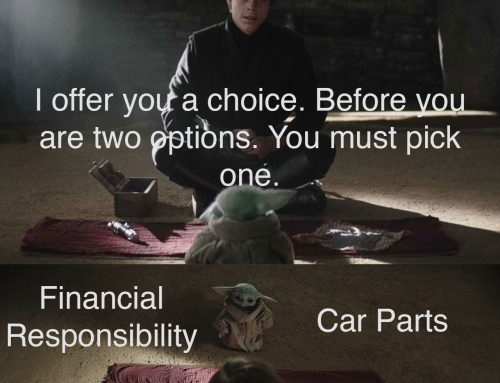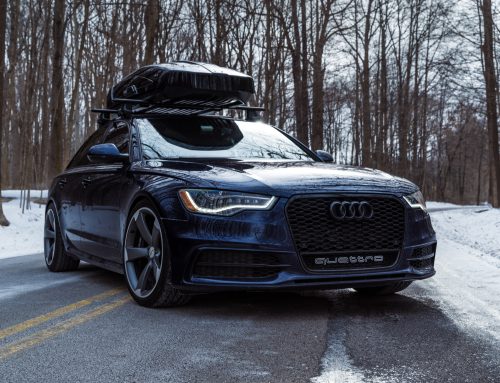Car enthusiasts are a different breed. We anthropomorphize our cars, imbue them with our personalities, name them, lust after specific models, and customize them to extreme measures. Not every enthusiast would classify ‘car enthusiasts’ the same way, as the definition is incredibly loose, but a safe bet would be to call anyone who sees cars as more than just transportation, who receive physical, emotional, and sensory stimuli from even just seeing a car that piques their interest, an enthusiast. That enthusiasm, and the knowledge of cars, mechanical systems, the market, and every aspect of interest that makes up the full pie graph of enthusiast knowledge, had to start somewhere, though. At some point, even the most expert enthusiast was a novice, learning by their failures and success, gathering all the information they could absorb to learn about their new interest. If you are one of the many new enthusiasts, either fresh from driving school or a late bloomer, who needs some advice, that’s what we’re going to talk about today. At ECS, plenty of us came up in the world of cars and know what to do now, but at a point in all of our pasts, we made choices that would cause us to cringe today. We would like to talk about some of those mistakes today as common bad decisions new enthusiasts make early on in their hobby.
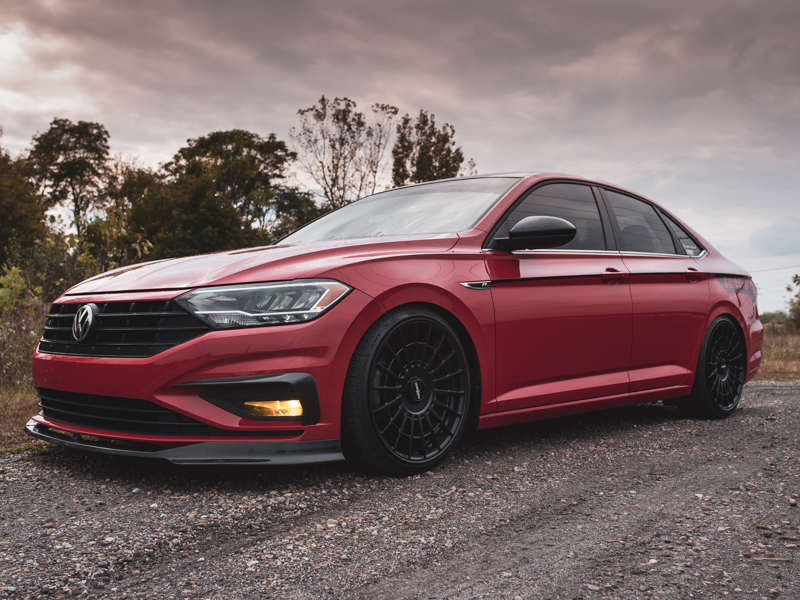
Lack of Vision
So you just got yourself something nice. A car that you want to upgrade, personalize, and use to represent your interest as well as transportation. Too often, though, people begin to throw parts at their cars without understanding how everything works together or with a clear vision as to how they can reach their goals. For instance, maybe you bought an E9x 335i. You jumped on the Facebook groups, read that JB4, exhaust, and intake can make your car faster. So you pull the trigger, dump the money on the parts, and excitedly wait for your new upgrades to make your 335i the best that ever was. However, what you may not have considered, is how much that extra power will affect your handling, your braking, your traction, or aging parts that may have needed attention or service.
What are the best practices, though? First and foremost, if you just bought a second-hand car, especially a performance car, you should do research first. Don’t just type in ‘the best way to add power to my fill-in-the-blank.’ You need a goal in mind. If it is your daily driver, you should drive it stock for a while, get used to it, and identify weak points. If it needs more power to be satisfying for you to drive, then you should look at maintenance first, then brakes and tires, and finally research what other people have done to maximize power. Most importantly, you need to remember that your car was designed to handle the power it was engineered to produce. More power means you need better suspension, better brakes, better tires, and possibly additional safety measures in the engine like better cooling systems and oil delivery. Short answer, you should understand car modification from a larger perspective before you just start throwing parts in your car.
Buying Cheap Stuff
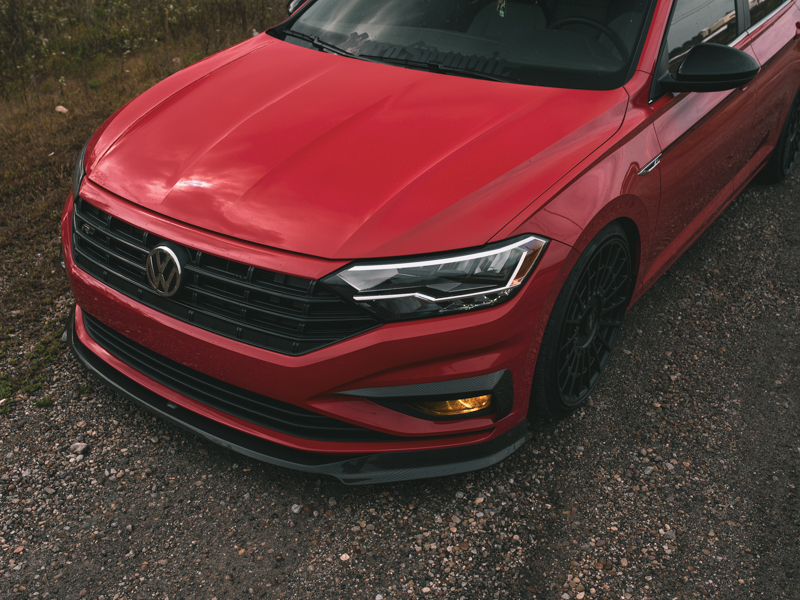
We aren’t talking about less expensive clones of a name-brand exhaust. That may be a different issue about intellectual property, but there isn’t too much of a worry about buying that cheap eBay catback since it won’t cause a bigger issue if it somehow breaks. We are referring to the terrible skull shift knobs, hub caps, ‘deer lights,’ cheap interior LED kits, and other senseless modifications (if you can even call them that) people somehow continue to buy from parts store shelves worldwide. This doesn’t even include some of the things we have seen, like BOLT-ON SPRING COMPRESSORS for lowering your ride height. The thought of someone on the road using those deathtraps to lower their car is terrifying. Yes, there are some good ‘cheap’ parts out there that serve a purpose, but for the most part, you should avoid anything you find at a local auto parts store in the ‘upgrades’ section. So put down the Tweetie Bird floor mats and matching steering wheel cover; they will just tell everyone you have poor taste and financial sense.

Spending Too Much
Inversely, if this is the first car that you are tinkering with, you are going to have a lot of learning opportunities. Maybe you did your research, found the ‘best’ suspension and tire setup according to online experts, and wrote the check for those top-shelf coilovers and some sticky tires. If you aren’t out there on the track every week, though, you might hate the ride and feel like you just spent thousands of dollars making your car terrible to drive. If you are just testing the waters wanting to lower your car for the looks, we suggest a lower cost option that does the same job and is designed to be comfortably driven on the street. Solo-Werks, BC Racing, ST Suspension, and even H&R springs are excellent lower-cost options with high-quality products intended to offer better looks, better handling, and a comfortable ride.
Scope Creep
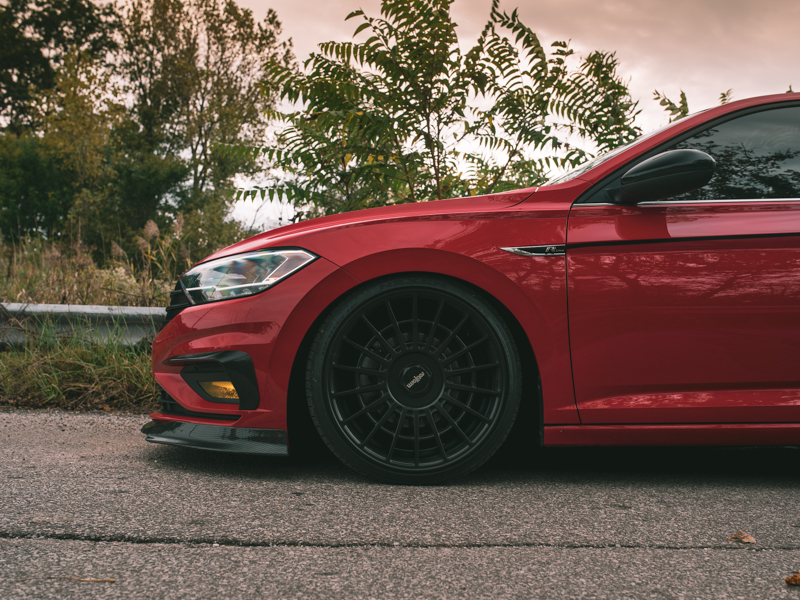
Scope creep is when the scope of your project begins to creep out of its initial boundaries. You may have thought ‘oh, intake, exhaust, wheels, suspension, and brakes will be enough.’ However, as you start collecting parts and building, especially if this isn’t the first car you have modified but you are still somewhat new to the hobby, you might find you are adding part after part to help support your mods and end up with a full race car build that will never see the track. This is a perfect example of putting the right parts in your car for the wrong reasons. Unless you are building a track dedicated car, there isn’t a need to buy race seats, harnesses, every adjustable suspension component possible, multiple sets of lightweight wheels, and start building above your skill level. Instead, set a goal, and meet it. If you want your car a little lower, louder, faster, and better through the corners, keep it minimalistic. You’ll save money and maintain your car’s comfort on the road.

Listening to Everyone’s Opinions
Look, at the end of the day, build your car the way you want. I am one of those people who don’t like to be told what to do and I learn best from experience. Most of the lessons I count as the best to learn are ones I only took to heart from doing it wrong the first time. With cars, the point is to express yourself, not someone else. If you build a car the way other people tell you, then you haven’t really built your car, you’ve built someone else’s. If you don’t like it, you’ll feel like you wasted your money and time, which you most likely did if you listened to people who told you to buy all the top-shelf race parts for your car that never leaves the street. What you need to do is go your own way, build something that teaches you rather than punishes you, and spend your money on things that help keep your car doing what you bought it for: the act of driving.


